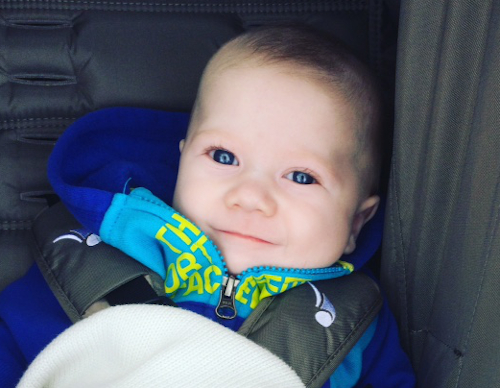About the program
A child with a cleft lip has a visible separation in the skin of their upper lip. This space can be a small gap, or it can be a significant opening that extends from the base of the baby’s nose all the way down to their top jaw and gums. It can occur alone or in combination with a cleft palate, which is the incomplete development of the roof of the mouth. At Boston Children’s Hospital, we see children with cleft lip and palate in the Cleft Lip and Palate Program. As one of the largest and most experienced treatment centers in the country, we care for nearly 600 infants, children, and adolescents every year.
Our approach to cleft lip and palate
Because a cleft can involve the lip, nose, and palate (the roof of the mouth), a child’s hearing, feeding, speech, and dental functions may all be affected. A dedicated and knowledgeable team of specialists from several disciplines is necessary to give you and your child the long-term support you need.
Our comprehensive team of specialists includes:
- plastic surgeons
- oral and maxillofacial surgeons
- dentists
- orthodontists
- nurses
- psychologists and social workers
- otolaryngologists (ear, nose, and throat doctors)
- speech-language pathologists
- audiologists (hearing specialist)
- clinical geneticists
This multidisciplinary team of specialists continually strives to provide the highest level of care possible. Our department also co-directs a highly advanced, 2,500-square-foot research laboratory where our doctors are studying the causes of cleft lip/cleft palate and researching new therapies.

Meet our patients
Our team of specialists is exceptional, but so too are the inspiring children we treat.
We routinely evaluate our treatment outcomes, our patients’ quality of life, and their satisfaction with care. Families consistently report high levels of satisfaction with our care team.
Our center cares for a large number of patients and performs the highest volume of cleft-related operations in New England every year. We treat an average of 967 children with cleft lip and palate each year, ranging from infancy to young adulthood.
Because we constantly strive for improvement, in 2016, our center began prospectively tracking our cleft outcomes. We regularly evaluate the quality of our treatment to ensure we provide our patients the best care possible. We take pride in our low complication rates. Our long-term outcomes are comparable to or better than many other leading cleft centers, and we continually work to improve the care we provide.
Here at Boston Children’s, our compassionate clinicians also understand the emotional and psychosocial toll cleft lip and cleft palate can cause. We recognize your child as an individual — never “just a patient” — and provide vital resources and support to meet the needs of your entire family. We also regularly measure our patients’ quality of life using the CLEFT-Q scale and other patient and parent-reported surveys.

